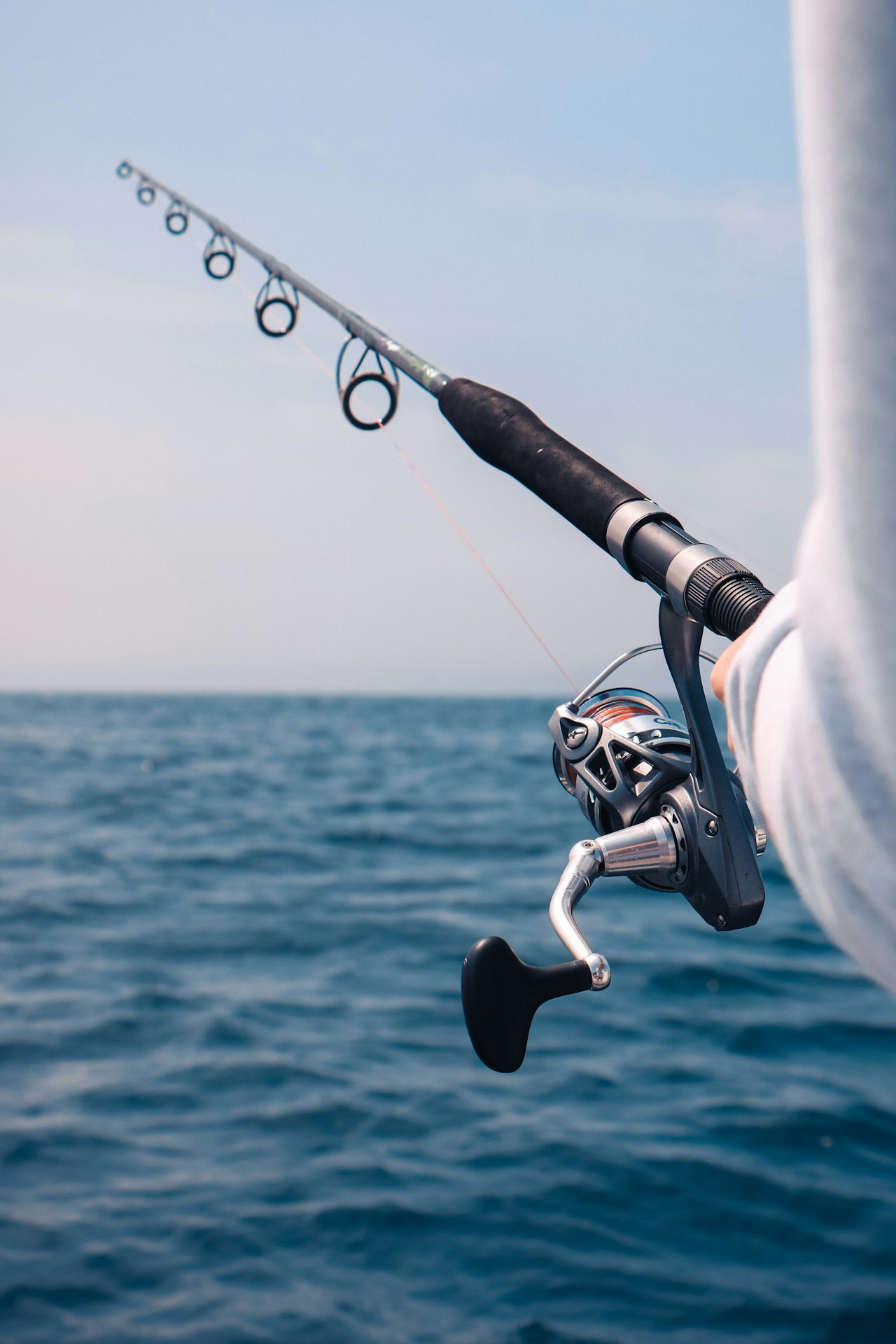Luxury Coastal Home Maintenance: A Seasonal Checklist
October 16, 2025

October 16, 2025

Salt air, sun, and storms are a beautiful part of Palm Beach County living, but they are tough on a waterfront home. You want to protect your investment, enjoy your time here, and be ready when hurricane season arrives. This seasonal checklist gives you a simple, proactive plan tailored to our coastal climate so you can prevent costly surprises and keep your home market-ready year-round. Let’s dive in.
Palm Beach County has a pronounced wet season and an Atlantic hurricane season that runs June 1 to November 30. Staying ahead of that timeline helps you prevent damage and interruptions. Review timing each spring using NOAA’s hurricane season guidance.
Salt spray accelerates corrosion on HVAC units, exterior metals, pool gear, and boat lifts, especially within a mile of the shoreline. Nearshore homes benefit from more frequent inspections and anti-corrosion steps recommended by coastal HVAC pros. See practical tips in this overview of salt air strategies for beach living.
Sea level rise and seasonal high-tide flooding are a focus for the county, which maintains resilience plans and projects. Stay informed with the Palm Beach County Office of Resilience so you can prioritize seawall, drainage, and documentation.
Roof and openings
HVAC and indoor air
Landscaping and irrigation
Termites and WDO
Seawall, dock, and lifts
Storm readiness
Humidity control
Salt air maintenance
Irrigation and landscape care
Before a forecast storm
After a storm
Flood maps and insurance check
Exterior finishes and coatings
Mechanical systems
Records and pre-sale readiness
Ready to simplify all of this? If you are buying or selling, a well-documented maintenance history supports underwriting and inspires buyer confidence. For introductions to trusted local pros and guidance on preparing your home for market, connect with the Hughes Browne Group.





Exploring South Florida's Green & Farmers Markets

This is a fun and exciting family event when locals gather to compete for the greatest catch in several categories.

A proud sponsor of the 4th Annual Cystic Fibrosis Palm Beach Songwriters in the Round.

The party will take place on the rooftop of Harbourside Place in Jupiter from 8 pm until 11 pm.
Whether by land or by sea, the properties and amenities in South Florida are of the highest quality, and this group of Real Estate Agents certainly follows suit.